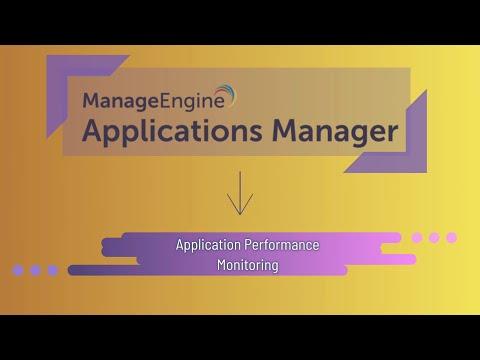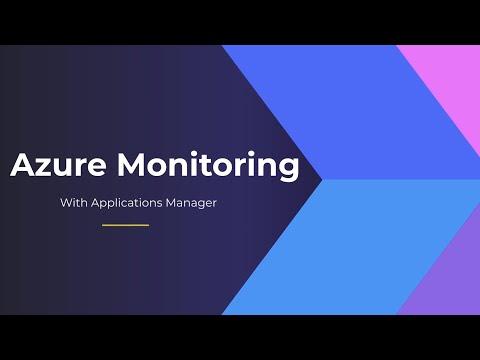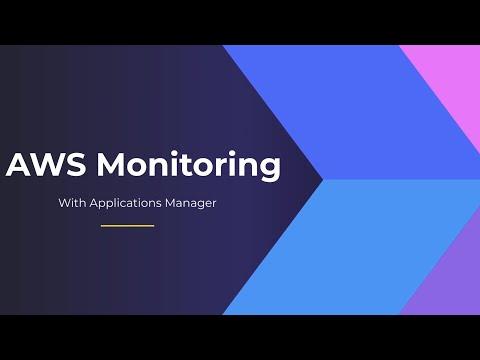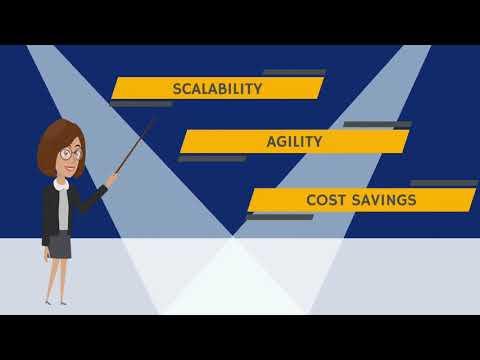What happens when one of your smartphone apps runs a little slow? Maybe you tap the screen with a little extra thump in a physical effort to get things moving quicker, like hopelessly hitting the elevator call button extra times in an effort to get it to arrive faster. What if it crashes all together? Usually, you restart the app and hope for a better experience. If there's another failure, you might find another app (and business) that better supports your needs.
For IT organizations and businesses as a whole, there's tremendous pressure to deliver innovative mobile apps to market faster with a best-in-class user experience that boosts employee productivity or enhances customer engagement. The trickledown effect is this puts pressure on developers and architects to shorten application lifecycles in order to deliver these applications quicker.
With quicker development iterations and greater emphasis on the user experience, it's critical that both the development and operations teams have insight into the mobile application experience, particularly when it comes to native apps running on a device. As with the more "traditional" application lifecycle, Application Performance Management can play two roles to help speed mobile development and user experience:
- For developers, an APM tool can provide crash analytics information, device information such as memory usage, CPU usage, thread utilization and more that can be valuable feedback when fixing or improving an application.
- For the operations staff, APM can provide insight into calls being made to backend systems, network latency and more, all things that could be poorly impacting the overall user experience. After all, a shiny user interface is nothing if the backend systems that support it do not run efficiently.
Apps are developed, tested and thrown into an app store, but how do we know for sure they're working as planned? Unless a user complains, there's no way to know for sure. Today's mobile developers and operators need direct feedback about application performance, both at a code level and big picture view that takes in account how things out of a developers control (the network, etc.) impact performance.
It's critical to note that mobile doesn't live in a bubble alone. A vast number of mobile applications are extensions of existing Web and back office functions, so a mobile APM tool cannot live in a bubble. Such insight into mobile performance must be fed into a larger APM solution to provide IT with a big picture of how ALL of its applications and business services are performing. Without that, organizations are back stuck in silos of domain expertise with limited cross-functional view of how the business is performing as a whole.
As updates and enhancements are added at a quicker pace, information about how the app is performing across a variety of devices and network types is critical to delivering a great user experience. Chances are not good that users, particularly customers, are going to provide that kind of direct feedback. Instead, they'll take their business elsewhere. That's one experience you might not be able to fix.
Aruna Ravichandran is Vice President, Product and Solution Marketing, Application Performance Management and DevOps, CA Technologies.
The Latest
A vast majority (89%) of organizations have rapidly expanded their technology in the past few years and three quarters (76%) say it's brought with it increased "chaos" that they have to manage, according to Situation Report 2024: Managing Technology Chaos from Software AG ...
In 2024 the number one challenge facing IT teams is a lack of skilled workers, and many are turning to automation as an answer, according to IT Trends: 2024 Industry Report ...
Organizations are continuing to embrace multicloud environments and cloud-native architectures to enable rapid transformation and deliver secure innovation. However, despite the speed, scale, and agility enabled by these modern cloud ecosystems, organizations are struggling to manage the explosion of data they create, according to The state of observability 2024: Overcoming complexity through AI-driven analytics and automation strategies, a report from Dynatrace ...
Organizations recognize the value of observability, but only 10% of them are actually practicing full observability of their applications and infrastructure. This is among the key findings from the recently completed Logz.io 2024 Observability Pulse Survey and Report ...
Businesses must adopt a comprehensive Internet Performance Monitoring (IPM) strategy, says Enterprise Management Associates (EMA), a leading IT analyst research firm. This strategy is crucial to bridge the significant observability gap within today's complex IT infrastructures. The recommendation is particularly timely, given that 99% of enterprises are expanding their use of the Internet as a primary connectivity conduit while facing challenges due to the inefficiency of multiple, disjointed monitoring tools, according to Modern Enterprises Must Boost Observability with Internet Performance Monitoring, a new report from EMA and Catchpoint ...
Choosing the right approach is critical with cloud monitoring in hybrid environments. Otherwise, you may drive up costs with features you don’t need and risk diminishing the visibility of your on-premises IT ...
Consumers ranked the marketing strategies and missteps that most significantly impact brand trust, which 73% say is their biggest motivator to share first-party data, according to The Rules of the Marketing Game, a 2023 report from Pantheon ...
Digital experience monitoring is the practice of monitoring and analyzing the complete digital user journey of your applications, websites, APIs, and other digital services. It involves tracking the performance of your web application from the perspective of the end user, providing detailed insights on user experience, app performance, and customer satisfaction ...







